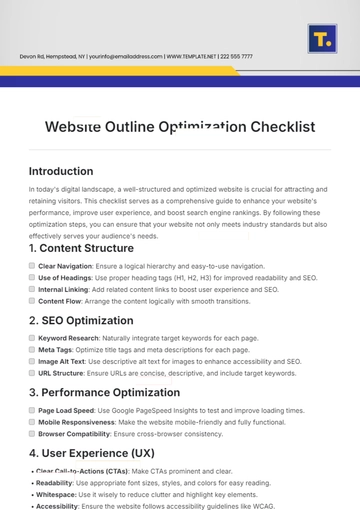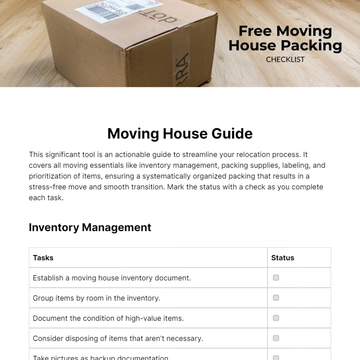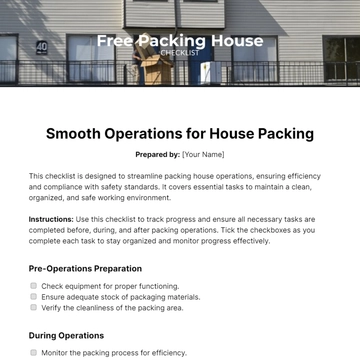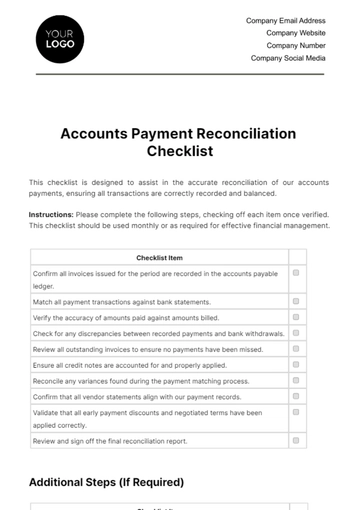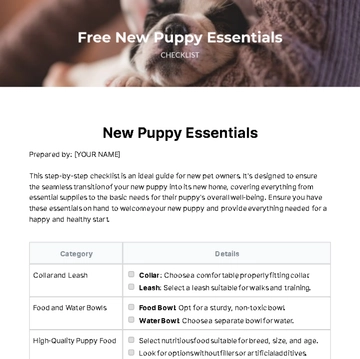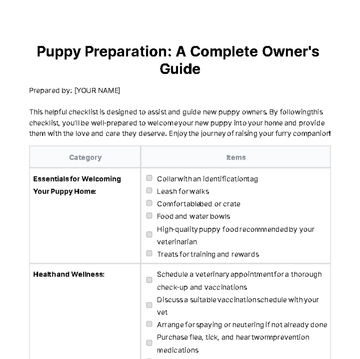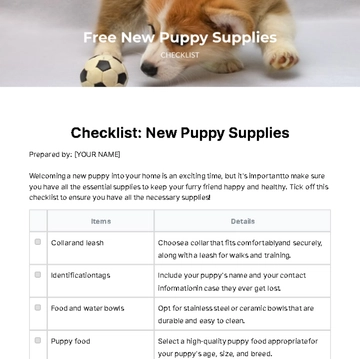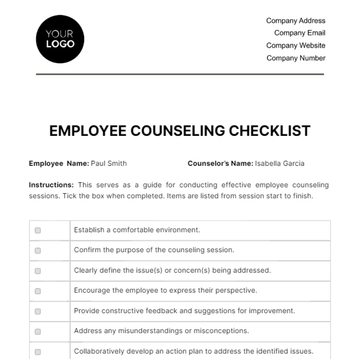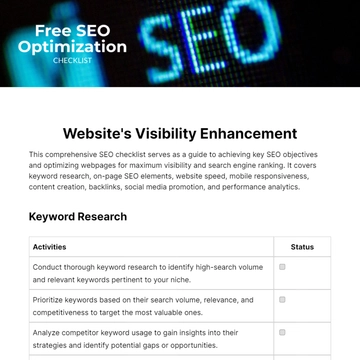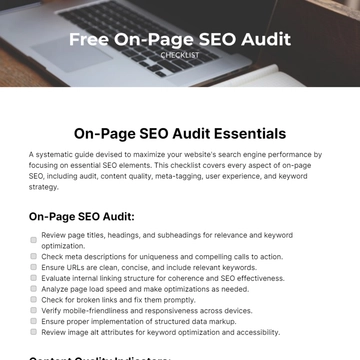Free Ultimate SEO Checklist
Achieve SEO success with the Ultimate SEO Checklist Template from Template.net. Customizable to your website's requirements, it ensures every aspect of your SEO strategy is covered. Editable in our AI Editor Tool, it's your roadmap to dominating search engine results and driving organic traffic to your site. Get it now!


